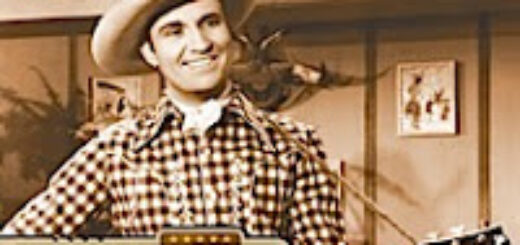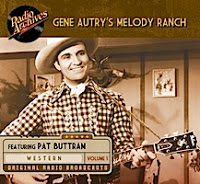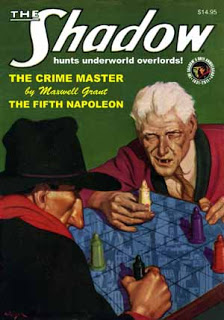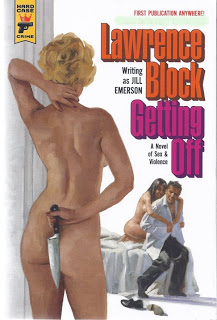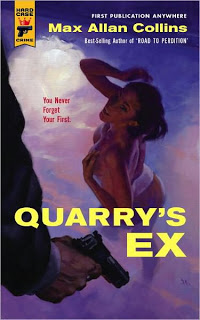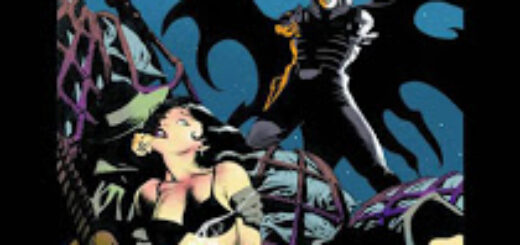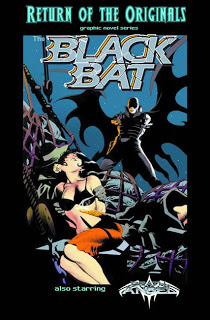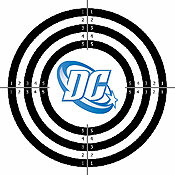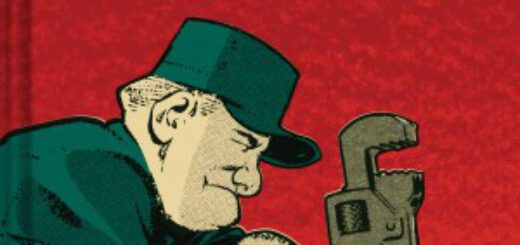RADIO ARCHIVE BRINGS HOLMES HOME! AND MORE!
August 26, 2011
Harlan Zinck, a long time member of the Radio Archives family, has moved on to take advantage of new opportunities. Radio Archives wishes Harlan all the best in his future endeavors.
 Created by Sir Arthur Conan Doyle in 1887, the character of Sherlock Holmes was a fixture of American broadcasting almost from the beginning of network radio. First heard over NBC in the fall of 1930, Holmes and Dr. John Watson – his friend, right-hand man, and chronicler (his “Boswell” as Holmes called him) – were portrayed by a number of actors on screen and on radio throughout the 1930s. Most definitely the appearance of Basil Rathbone and Nigel Bruce in the 1939 20th Century Fox film “The Hound of the Baskervilles” created, for many, the perfect embodiment of the characters. Because of this, Rathbone and Bruce would come to be seen as Holmes and Watson in the flesh for the next six years – both on radio, in series for NBC and Mutual, and in a lengthy series of second features made for both Fox and Universal through 1945.
Created by Sir Arthur Conan Doyle in 1887, the character of Sherlock Holmes was a fixture of American broadcasting almost from the beginning of network radio. First heard over NBC in the fall of 1930, Holmes and Dr. John Watson – his friend, right-hand man, and chronicler (his “Boswell” as Holmes called him) – were portrayed by a number of actors on screen and on radio throughout the 1930s. Most definitely the appearance of Basil Rathbone and Nigel Bruce in the 1939 20th Century Fox film “The Hound of the Baskervilles” created, for many, the perfect embodiment of the characters. Because of this, Rathbone and Bruce would come to be seen as Holmes and Watson in the flesh for the next six years – both on radio, in series for NBC and Mutual, and in a lengthy series of second features made for both Fox and Universal through 1945. Follow Ann Sothern’s antics as that Jill-of-all-trades – The Adventures of Maisie!
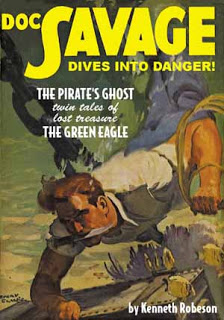 The Pulp Era’s greatest superman journeys to the American West in classic pulp thrillers by Lester Dent writing as “Kenneth Robeson.” First, a bequest from a dying scientist leads Doc Savage to Death Valley in search of a long-dead pirate’s legendary treasure. Can this amazing invention allow The Pirate’s Ghost to speak from beyond the grave? Then, the Man of Bronze goes undercover at a Wyoming dude ranch to solve the bizarre puzzle of a strange Green Eagle with lead feathers. This special anniversary edition showcases the original color pulp covers by Emery Clarke, Paul Orban’s classic interior illustrations and an intriguing article by The Shadow’s famous raconteur, Walter B. Gibson. Priced at $14.95.
The Pulp Era’s greatest superman journeys to the American West in classic pulp thrillers by Lester Dent writing as “Kenneth Robeson.” First, a bequest from a dying scientist leads Doc Savage to Death Valley in search of a long-dead pirate’s legendary treasure. Can this amazing invention allow The Pirate’s Ghost to speak from beyond the grave? Then, the Man of Bronze goes undercover at a Wyoming dude ranch to solve the bizarre puzzle of a strange Green Eagle with lead feathers. This special anniversary edition showcases the original color pulp covers by Emery Clarke, Paul Orban’s classic interior illustrations and an intriguing article by The Shadow’s famous raconteur, Walter B. Gibson. Priced at $14.95.
Who knows what evil lurks in the hearts of men? The Shadow knows! The Knight of Darkness wages war on criminal masterminds in two thrilling pulp novels by Walter Gibson and Theodore Tinsley writing as “Maxwell Grant.” First, The Shadow executes a deadly chess game with The Crime Master, an underworld kingpin whose amazing superbrain rivals his own. Who will have the last laugh? Then, the Master of Darkness seeks to unmask The Fifth Napoleon, the master plotter who commands New York’s four most powerful crime lords. This instant collectors’ item features both classic cover paintings by George Rozen, the original interior pulp illustrations by Tom Lovell, historical commentary by popular culture historian Will Murray plus a biographical article by Anthony Tollin on Frank Readick,.”The Man with The Shadow’s Laugh.” Available for only $14.95.
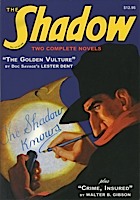 Many of Lester Dent’s famous touches are evident in this story — little things that would later show up in his Doc Savage stories. Great strength, for example. The Shadow, as described by the pen of Lester Dent, is capable of great strength. Even Walter Gibson’s Shadow was exceedingly strong, but Dent’s description of The Shadow’s display of strength seems quite familiar to anyone who has read Doc Savage. His grip is that of steel bands. He easily overpowers a foe of tremendous strength and throws him through a door, reducing it to splinters. And then, there’s the gadgets. Lester Dent loved to use gadgets in his stories. And although Walter Gibson enjoyed using them in his Shadow stories as well, he employed far fewer of them than did Dent. In this story, the coolest gadget of all is the actual statues of The Golden Vulture. Most are small statuettes of under two feet tall. But their insides contain enough electronics to receive and transmit both audio and video as well as enough explosive charges to create tremendous destruction.
Many of Lester Dent’s famous touches are evident in this story — little things that would later show up in his Doc Savage stories. Great strength, for example. The Shadow, as described by the pen of Lester Dent, is capable of great strength. Even Walter Gibson’s Shadow was exceedingly strong, but Dent’s description of The Shadow’s display of strength seems quite familiar to anyone who has read Doc Savage. His grip is that of steel bands. He easily overpowers a foe of tremendous strength and throws him through a door, reducing it to splinters. And then, there’s the gadgets. Lester Dent loved to use gadgets in his stories. And although Walter Gibson enjoyed using them in his Shadow stories as well, he employed far fewer of them than did Dent. In this story, the coolest gadget of all is the actual statues of The Golden Vulture. Most are small statuettes of under two feet tall. But their insides contain enough electronics to receive and transmit both audio and video as well as enough explosive charges to create tremendous destruction.Read The Golden Vulture and another Shadow tale when you get your copy of The Shadow, Volume 1 available at RadioArchives.com for only $12.95.
RadioArchives.com’s two new audiobooks, Python Isle and White Eyes, are now available in special signed limited editions, available only from RadioArchives.com!
 Reviews are starting to come in for White Eyes, the latest audiobook from RadioArchives.com. And they’re just as enthusiastic as the reviews for our first audiobook, Python Isle.
Reviews are starting to come in for White Eyes, the latest audiobook from RadioArchives.com. And they’re just as enthusiastic as the reviews for our first audiobook, Python Isle.  Radio Archives not only offers the finest Audio and Pulp Products, but we also give you awesome bargains with the RadioArchives.com Deal Of The Day! You can take advantage of Three Deals at All Times with the Deal of the Day!
Radio Archives not only offers the finest Audio and Pulp Products, but we also give you awesome bargains with the RadioArchives.com Deal Of The Day! You can take advantage of Three Deals at All Times with the Deal of the Day! 
